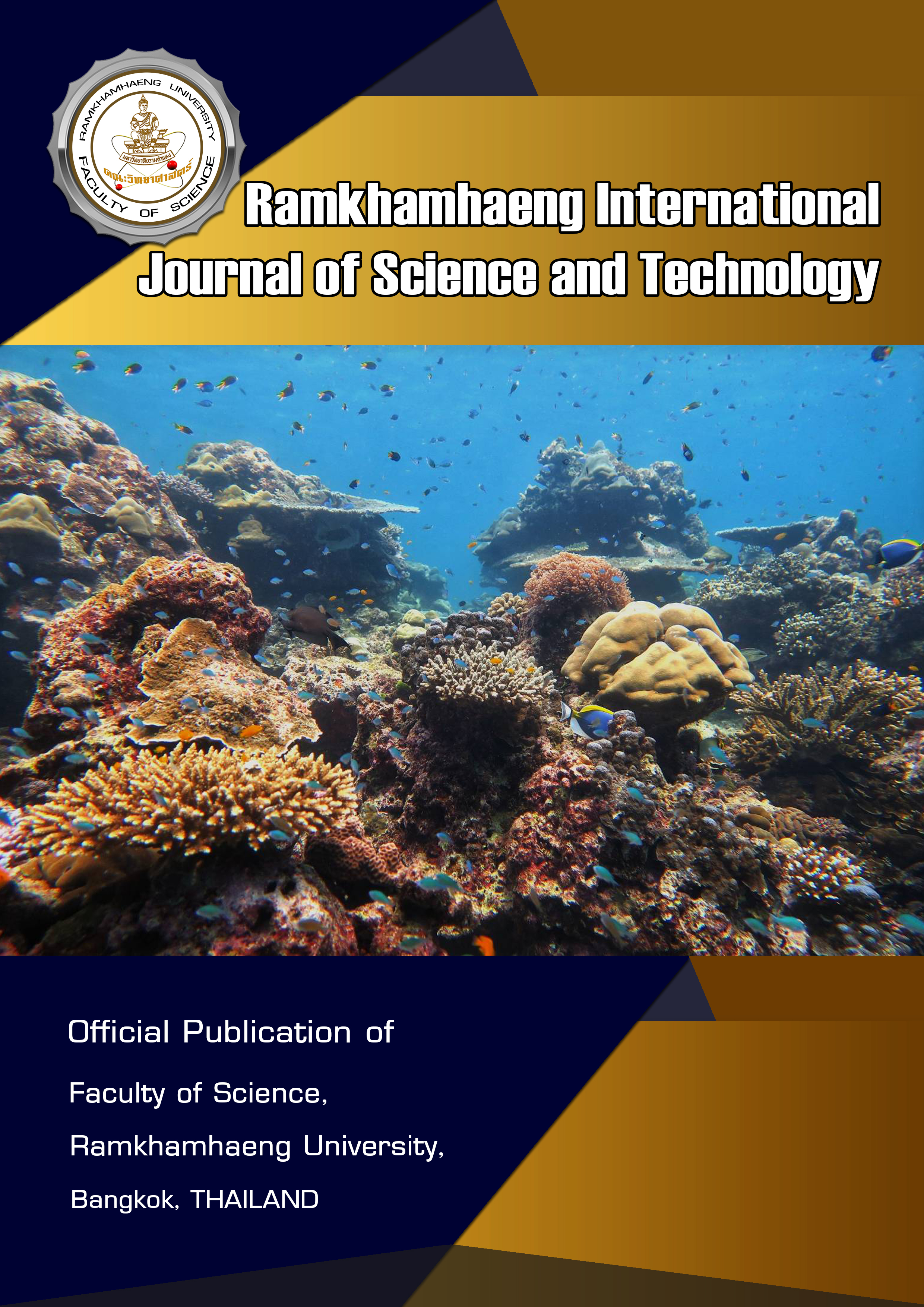Energy and Nutrient Recoveries from Faecal Sludge through Hydrothermal Carbonization Process
Keywords:
Faecal sludge, Hydrothermal carbonization, Nutrient recovery, Pellet fuelAbstract
Hydrothermal carbonization (HTC) is a thermal conversion process which can be applied to convert faecal sludge into a carbonaceous material called hydrochar. However, the HTC liquid by-product or process water (PW) still contains high concentrations of organic matters and nutrients. In this study, the HTC products such as hydrochar and PW were processed to produce a pellet fuel and fertilizer, respectively. The experimental results showed that pelletization of the hydrochar can produce an excellent pellet fuel. The hydrochar-pellet fuels were found to have energy content, bulk density and compressive strength of about 22-24 MJ/kg, 900-1000 kg/m3 and 8.0-8.5 kN/m2, respectively. By applying the reduced pressure distillation, nutrient such as nitrogen (N) in the PW can be recovered in the ammonium sulphate ((NH4)2SO4) form which can be utilized as an agricultural fertilizer. The experimental results showed that, at pH 11-13, temperature of 55 °C and reaction time of 60 min, N-removal and N-recovery efficiencies were found to be 99.8% and 53.4%, respectively. The results of this study demonstrated the technical feasibility of the HTC process for faecal sludge management which should result in environmental protection, health improvement and resource recovery, all leading to sustainable development.
References
Fakkaew, K., Koottatep, T. & Polprasert, C. (2015b). Effects of hydrolysis and carbonization reactions on hydrochar production. Bioresource Technology, 192, 328-334.
Koottatep, T., Fakkaew, K., Tajai, N., Pradeep, S.V. & Polprasert, C. (2016). Sludge stabilization and energy recovery by hydrothermal carbonization process. Renewable Energy, 99, 978-985.
Libra, J.A., Ro, K.S., Kammann, C., Funke, A., Berge, N.D., Neubauer, Y., Titirici, M.M., Fuhner, C., Bens, O., Kern, J. & Emmerich, K.H. (2011). Hydrothermal carbonization of biomass residuals: A comparative review of the chemistry, processes and applications of wet and dry pyrolysis. Biofuels. 2(1), 89–124.
Oliveira, I., Blohse, D. & Ramke, H.G. (2013). Hydrothermal carbonization of agriculture residues. Bioresource Technology, 142, 138-146.
Poerschmann, J., Weiner, B., Wedwitschka, H., Baskyr, I., Koehler, R. & Kopinke, F.D. (2014). Characterization of biocoals and dissolved organic matter phases obtained upon hydrothermal carbonization of brewer’s spent grain. Bioresource Technology, 164, 162-169.
Polprasert, C. (2017). Hydrochar Production from Faecal Sludge by Hydrothermal Carbonization Process. Conference on research of the Thai Royal Society Academy, January 2016. Retrieved from https://www.royin.go.th/?p=17292.
Titirici, M. M. & Antonietti, M. (2010). Chemistry and materials options of sustainable carbon materials made by hydrothermal carbonization. Chemical Society Reviews, 39, 103–116.
Downloads
Published
Issue
Section
License
Copyright Notice: a copyright on any article in the published journal is retained by the Ramkhamhaeng International Journal of Science and Technology. Readers or Users grant the right to use of the Article contained in the Content in accordance with the Creative Commons CC BY-NC-ND license and the Data contained in the Content in accordance with the Creative Commons CC BY-NC-ND.



